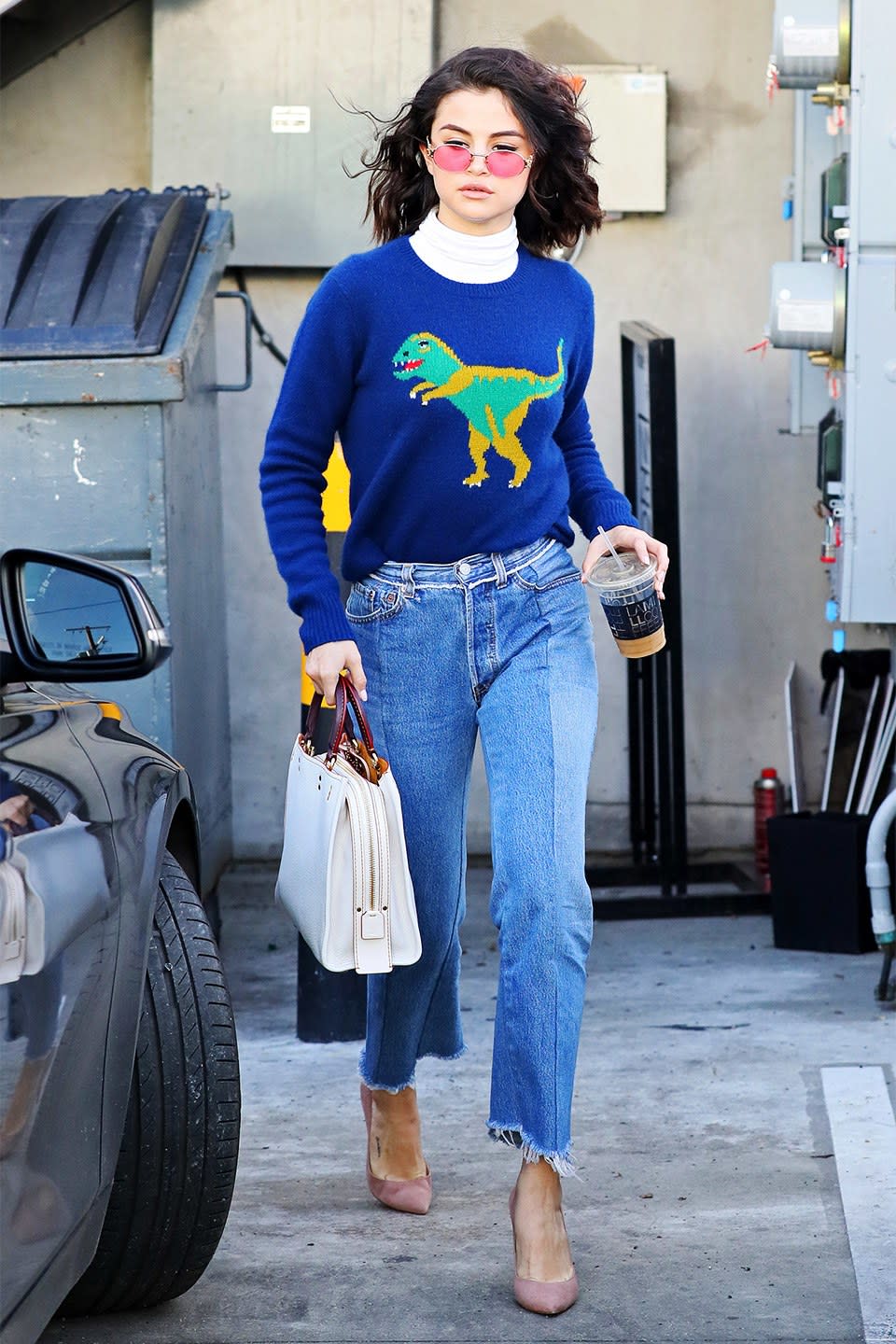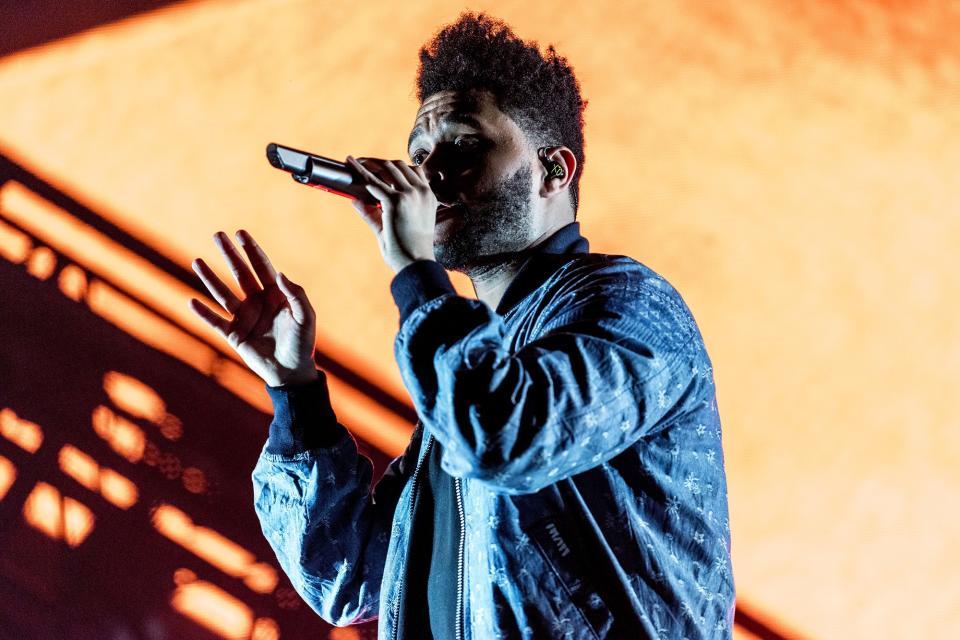Can the Weeknd Recapture the Mystery?
It’s not possible to be anonymous when a pop star is pushing your name, but in 2011, Abel Tesfaye came close. Musically inclined but down on his luck, the then-21-year-old Torontonian was couch surfing and making beats with his friends under the name the Weeknd when he found one very famous fan in fellow Canadian Drake.
At first, the rapper shared a few of Tesfaye’s tracks in tweets and blog posts. Then he started joining the Weeknd in a Toronto studio, and decided to enlist Tesfaye to work on his second album. Those first singles were intoxicating—when the Weeknd released his career-making mixtape, House of Balloons, by uploading it to YouTube, there were legions of listeners waiting. But beyond a name and a city, most had no idea who was behind the gauzy R&B they were hearing as Tesfaye declined interviews and most traditional forms of publicity. He released two more mixtapes that year. House of Balloons became an instant classic in the then-nascent subculture of indie R&B. In hindsight, it’s hard to know exactly how intentional the strategy of anonymous release was—but thanks to Drake, and the infectious nature of the music, it worked. Tesfaye’s mystique kept the focus on his work. His subject matter—sex, drugs, and sadness—remained abstract. The conventional wisdom was that an R&B star had to be relatable or a heartthrob. Shunning that fame made the Weeknd a new kind of star, for a while.
He broke his silence for the first time in 2013, for the release of his divisive major-label debut album, Kiss Land. “In the beginning, I was very insecure. I hated how I looked in pictures,” he told Complex by way of explaining his mysterious public persona. “People like hot girls, so I put my music to hot girls and it just became a trend.”
From that point on, stories about the Weeknd tended to reference his desire to become a more traditional star, a possibility that sounded outlandish at the time. His music—syrupy slow, inspired by science-fiction movies, and sampling indie artists like Beach House—was a far cry from the EDM-dominated pop charts of the time. (Lady Gaga’s “Born This Way” was No. 1 on the Hot 100 when House of Balloons dropped, and LMFAO’s “Party Rock Anthem” was not far off.) Kiss Land didn’t transform the Weeknd into a household name, but Tesfaye began a few collaborations that suggested it was possible.
Two years later, “I Can’t Feel My Face” made it happen. It was designed to do so. Tesfaye wrote it with pop wizard Max Martin, who has worked magic on plenty of pop crossover records. This detour was surprising, as though someone realized that his vocal range (if not his performance) bore an uncanny similarity to Michael Jackson’s and decided to treat him accordingly. But it worked. He’s since become one of the most famous and photographed musicians on Earth, recognizable from his dalliances with starlets and his on-and-off relationships with model Bella Hadid and actress Selena Gomez.
He’s responsible for some unusually effective pop songs, so catchy that it was not too disturbing to hear children singing along to their choruses about cocaine. Extremely maximalist in their production, the chart toppers from his 2015 and 2016 albums, Beauty Behind the Madness and Starboy, were a departure from what came before. The last song on Starboy, “I Feel It Coming”—a highlight for both Tesfaye and his collaborators Daft Punk—represents the polar opposite of the Weeknd’s early aesthetic. It’s buoyant, the lyrics aren’t confessional, and it’s fun. Tesfaye was left in a position familiar to the few pop artists who have reached such heights: after a pop star makes a few all-time bops, how can they grow creatively?
What’s more, the pop landscape is now overrun with acts who may not be Tesfaye’s direct aesthetic descendants, but who share a spiritual sensibility with those first bedroom-crafted Weeknd records. Lo-fi rap has begun to succeed on the charts, with songs like Fetty Wap’s “Trap Queen” and Rae Sremmurd’s “Black Beatles.” More and more pop artists are experimenting with the minimalism and intimacy of the Weeknd’s early work, even as he’s seemed to be moving away from it.
Into this environment the Weeknd released his most recent mini-LP, My Dear Melancholy, (the comma is part of the title), on Friday, almost exactly seven years after the upload of House of Balloons. Released on streaming sites at midnight, the album was teased prior to its release on Instagram. Musically, it’s the closest thing to those first records he’s recorded since.
Melancholy is conservative though finely wrought. It eschews the straightforward grandiosity of chart hits for more unconventional song structures. A slim six songs, it’s probably his first record without any filler. Unlike the “I Can’t Feel My Face”-era work, the songs wear the weight of their collaborators lightly. Young hitmaker Starrah, who has written for Drake and Calvin Harris, leaves a gossamer touch on the complicated melodies of standout “Wasted Times.” French electronic musician Gesaffelstein’s flair for the abrasive undergirds the two tracks he appears on. The blown-out percussion on “I Was Never There” echoes his contribution to Kanye West’s Yeezus, and without the distracting airhorns, the song would feel right at home on House of Balloons.
And yet the reception has been different. Instead of his deep, early mystery, listeners immediately got to work picking out which Melancholy songs were about Gomez and which were about Hadid. Tesfaye has always been a clumsy lyricist, and even some of his best work can wobble under the weight of what Pitchfork calls his “Weeknd-isms,” moments where he croons something both uncomfortably sexual and vaguely pathetic. Nearly all of Tesfaye’s songs are letters to an unnamed you, and Melancholy’s are no exception. Anonymity went a long way in giving the Weeknd’s worse lyrical missteps some gravitas, but lines like “I hope you know this dick is still an option” from “Wasted Times” are less charming when one imagines them aimed directly at an actual human being.
There’s a moment at the beginning of “Privilege,” the weakest song on Melancholy, where the gauzy synth plays the notes that also start Lil Uzi Vert’s 2017 hit “XO Tour Llif3,” a song that drew major inspiration from the lo-fi style that the Weeknd pioneered in pop. The comparison is unfortunate. A song with lines like “Push me to the edge / all my friends are dead” shouldn’t be fun, but Uzi is one of the current crop of lo-fi rappers making music that is grim without becoming dour, and rough-edged without being harsh. “Privilege” falls flat because its lyrics—Tesfaye is spurned by a woman with “privilege,” and comments that he has “two red pills to take the blues away”—are so rote, with little of the strangeness that marks work by more creative contemporaries.
After Starboy’s mixed reviews, it’s perhaps for the best that he is returning to a stripped sound. But despite talented collaborators, Tesfaye gets in his own way by resorting to lyrical fare that is more grating seven years later. The mini-LP’s hurried release might prove its creator was ready to move on to something else, but it’s clear his future lies in getting some of the mystery back.
Selena Gomez’s Style Evolution From Disney Teen to Global Superstar
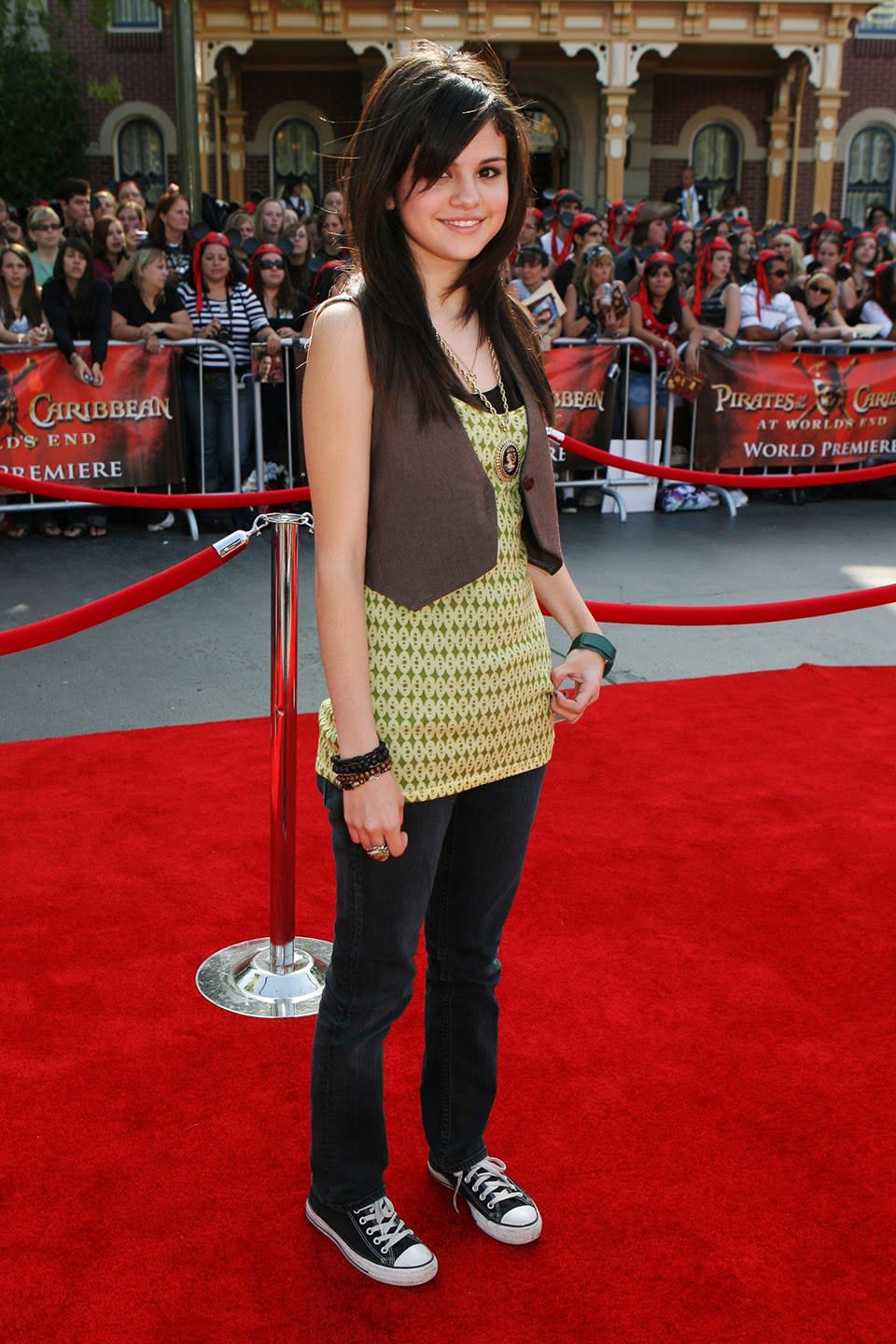
At the premiere of Pirates of the Caribbean: At World's End (May 2007)
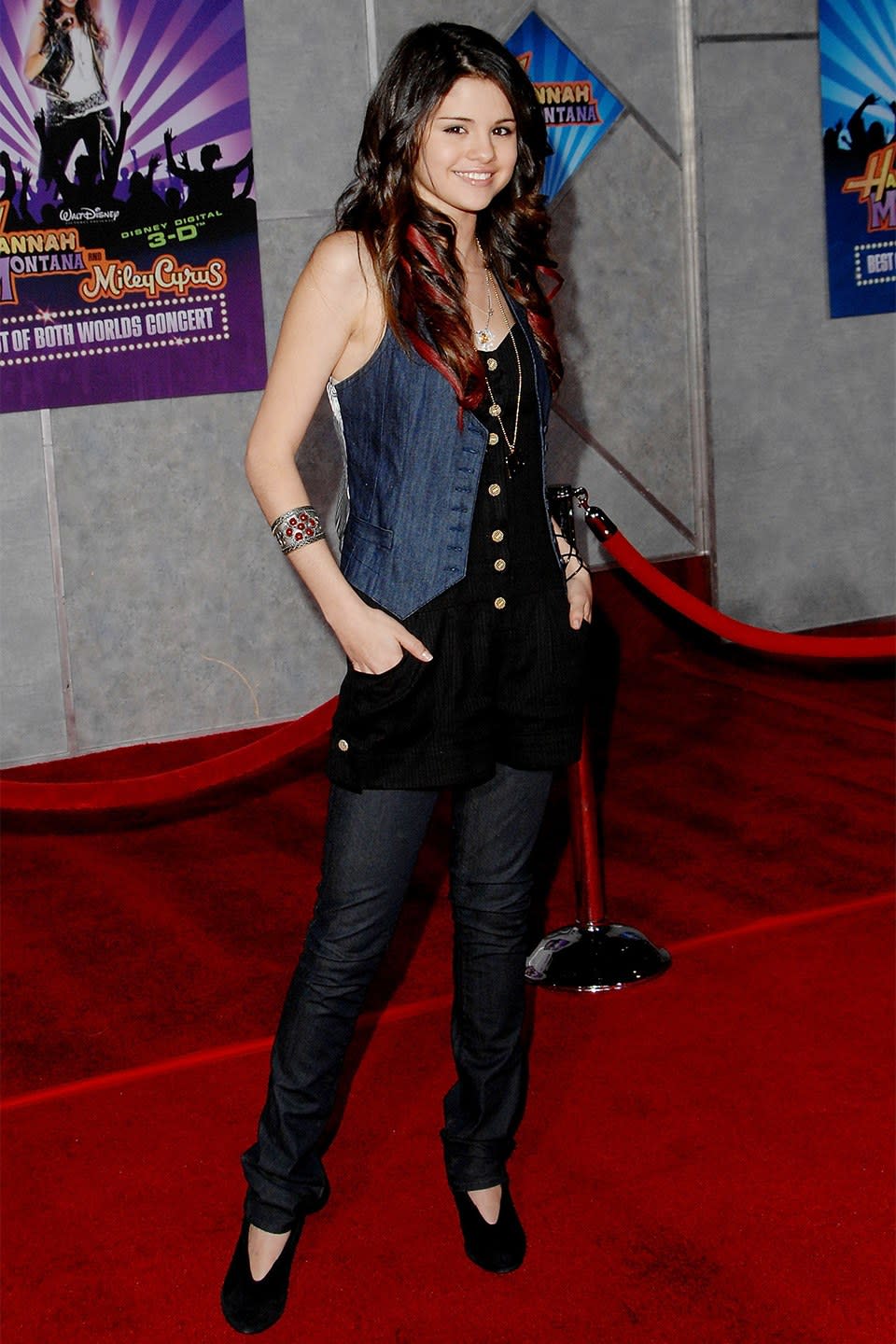
At the premiere of Hannah Montana & Miley Cyrus: Best of Both Worlds Concert 3D (January 2008)
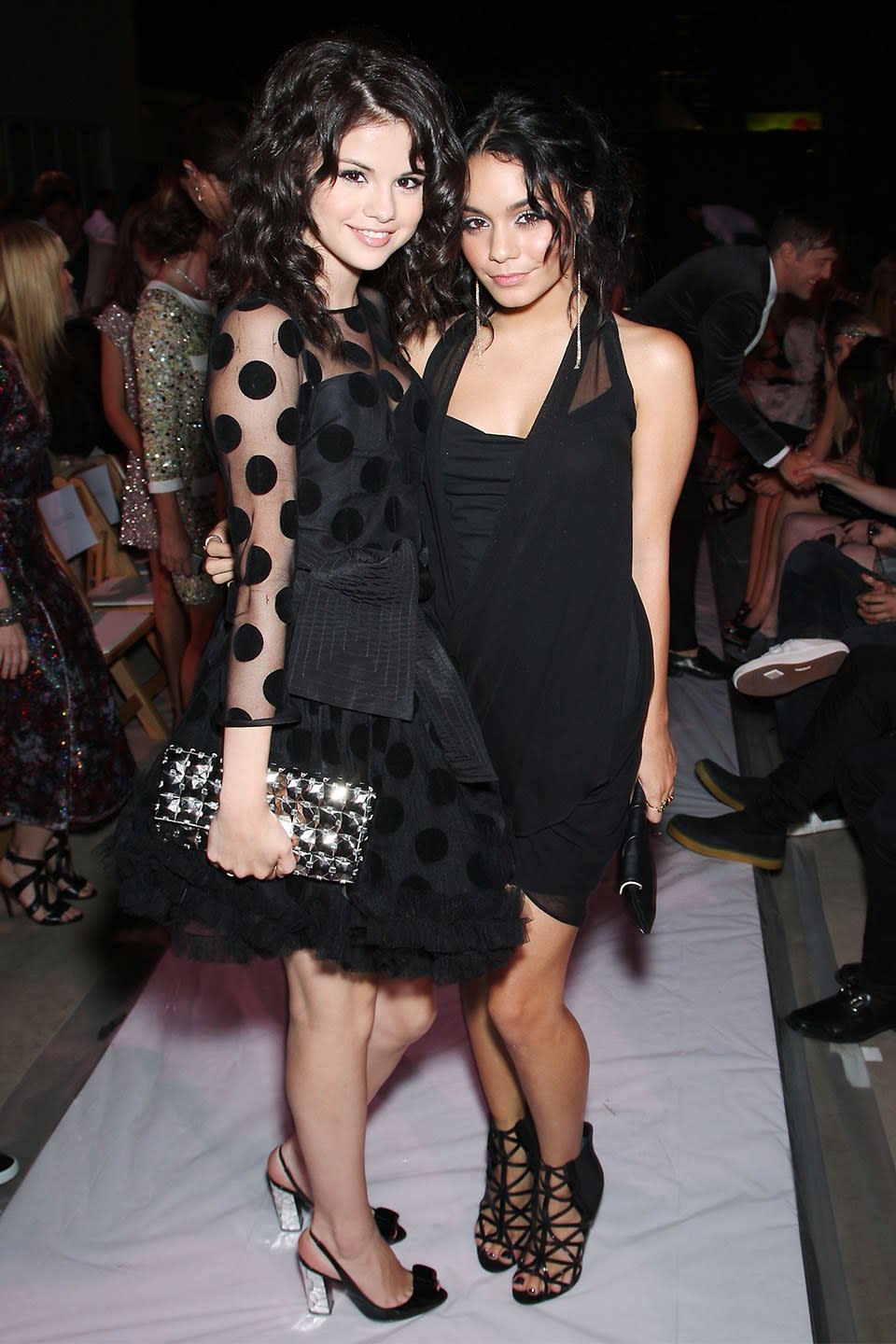
With Vanessa Hudgens at the Teen Vogue Young Hollywood Party (September 2008)
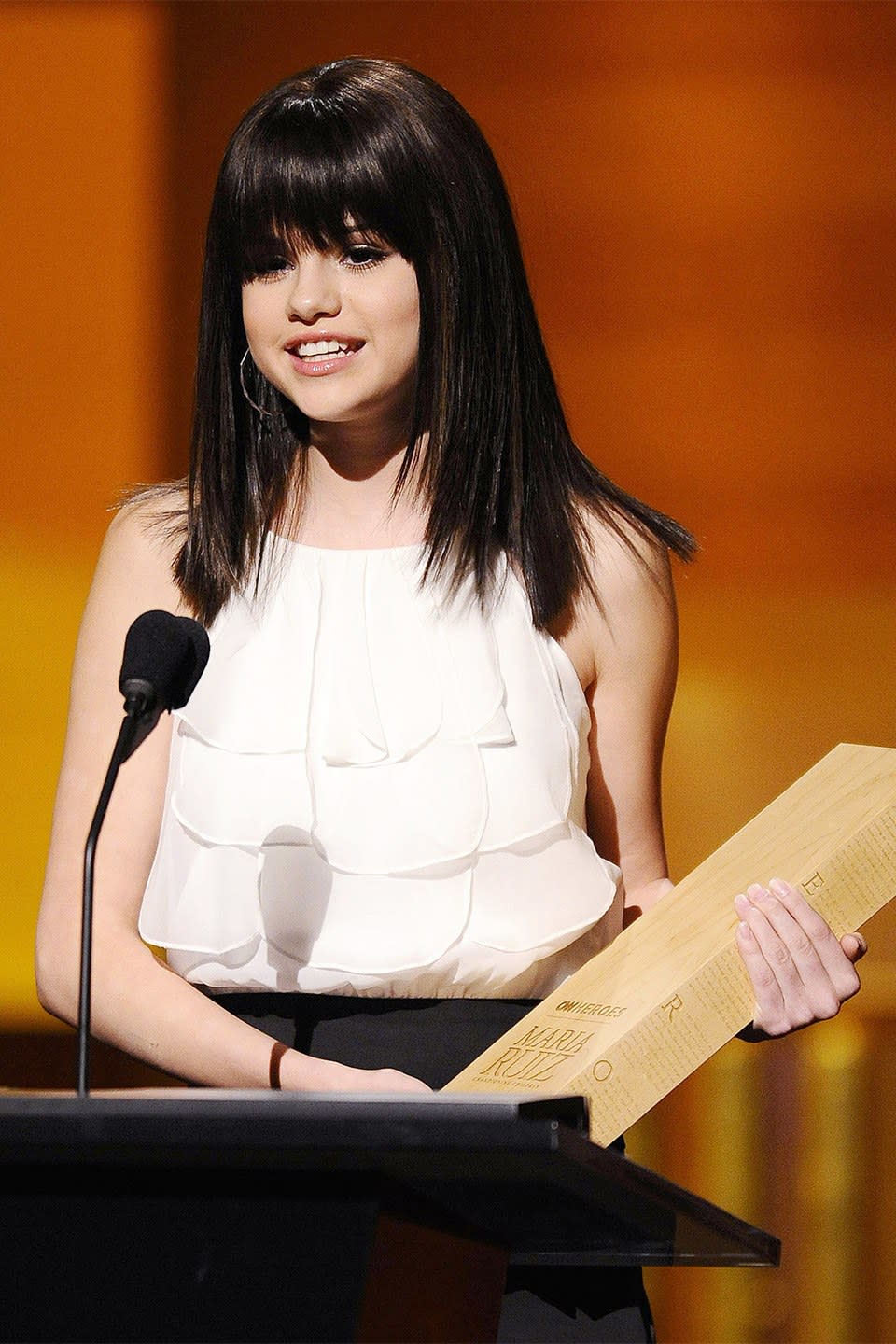
At CNN Heroes (May 2008)
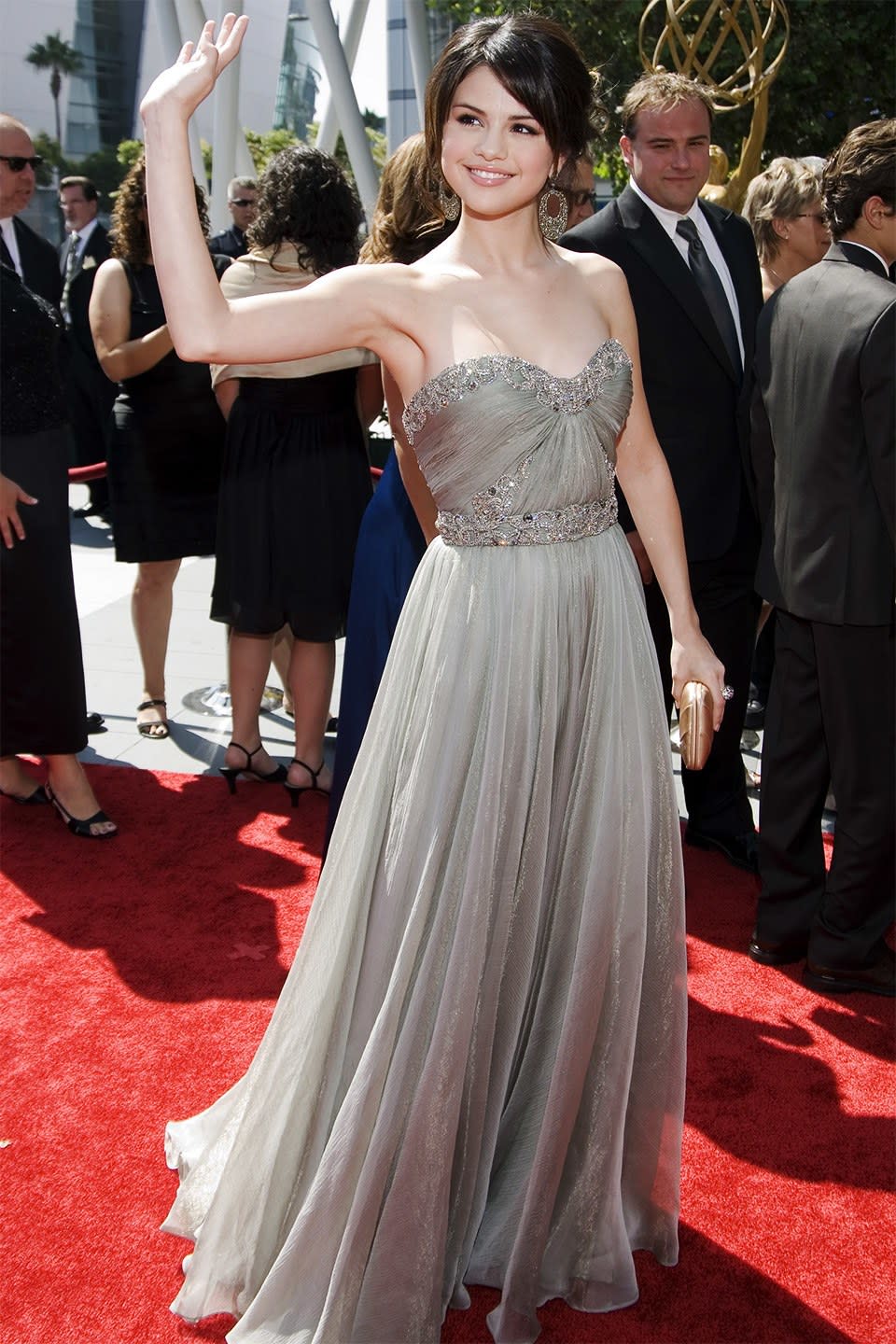
At the Emmys (September 2009)
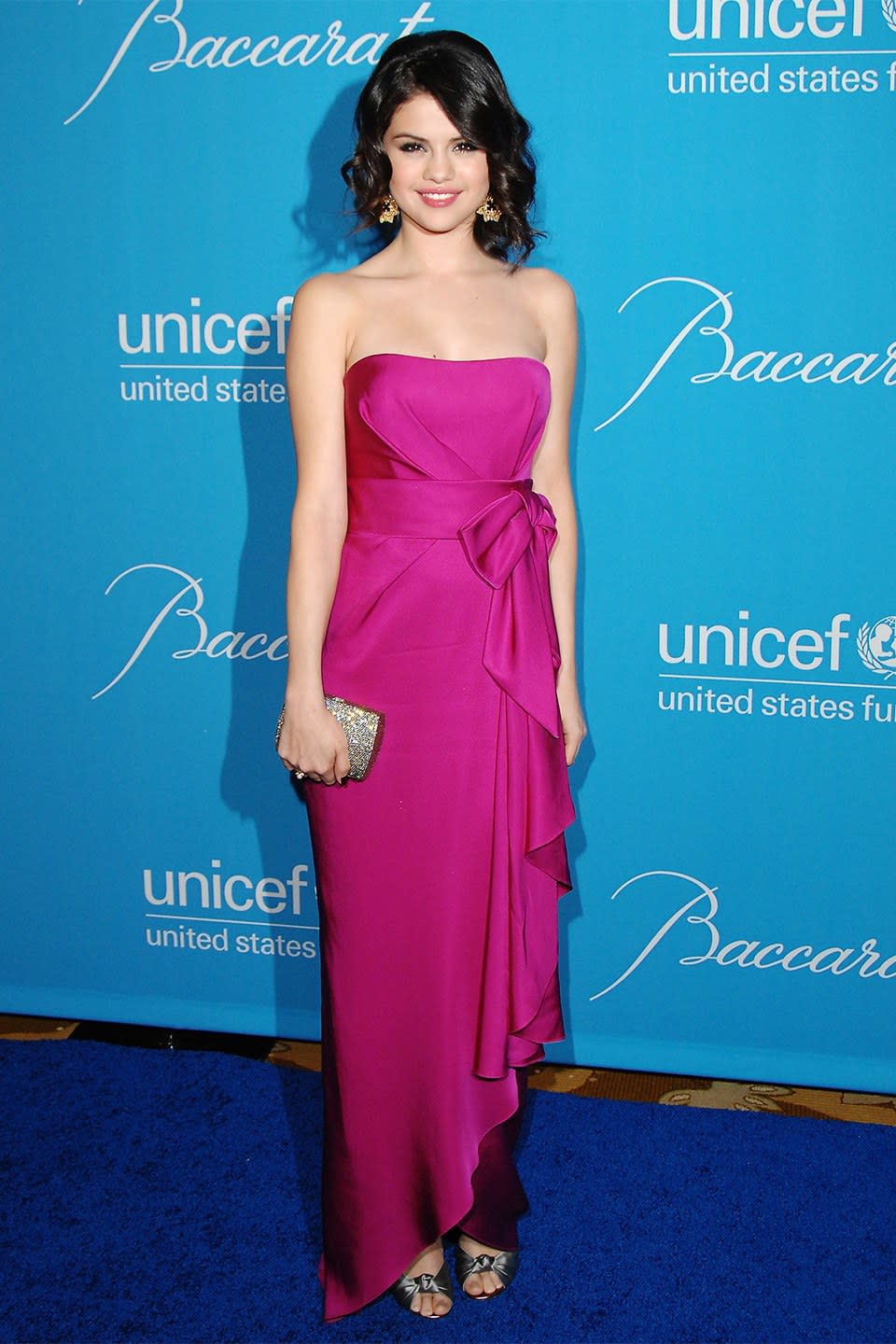
At the UNICEF Snowflake Ball (December 2009)
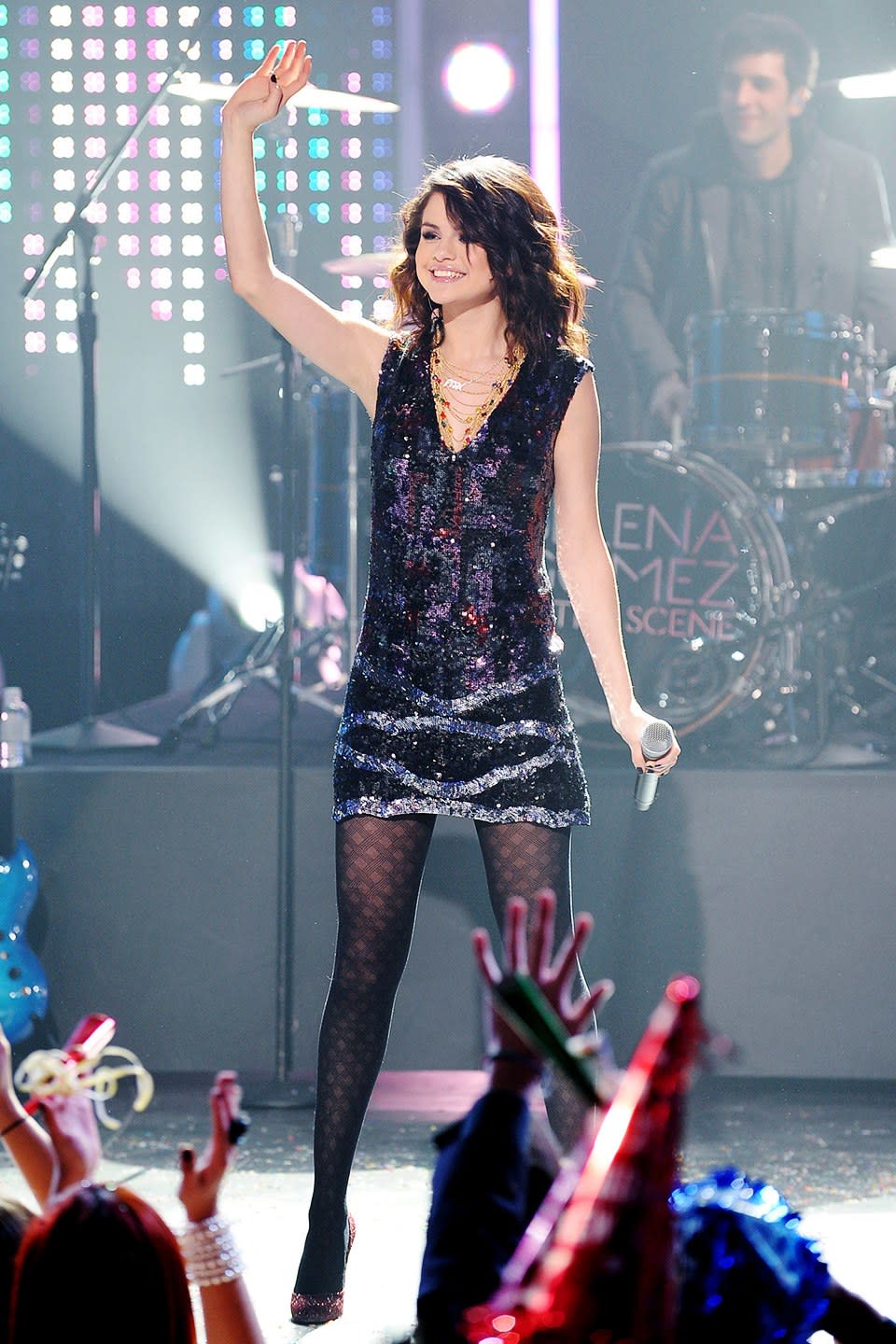
Performing at Dick Clark’s New Year's Rockin’ Eve (December 2009)
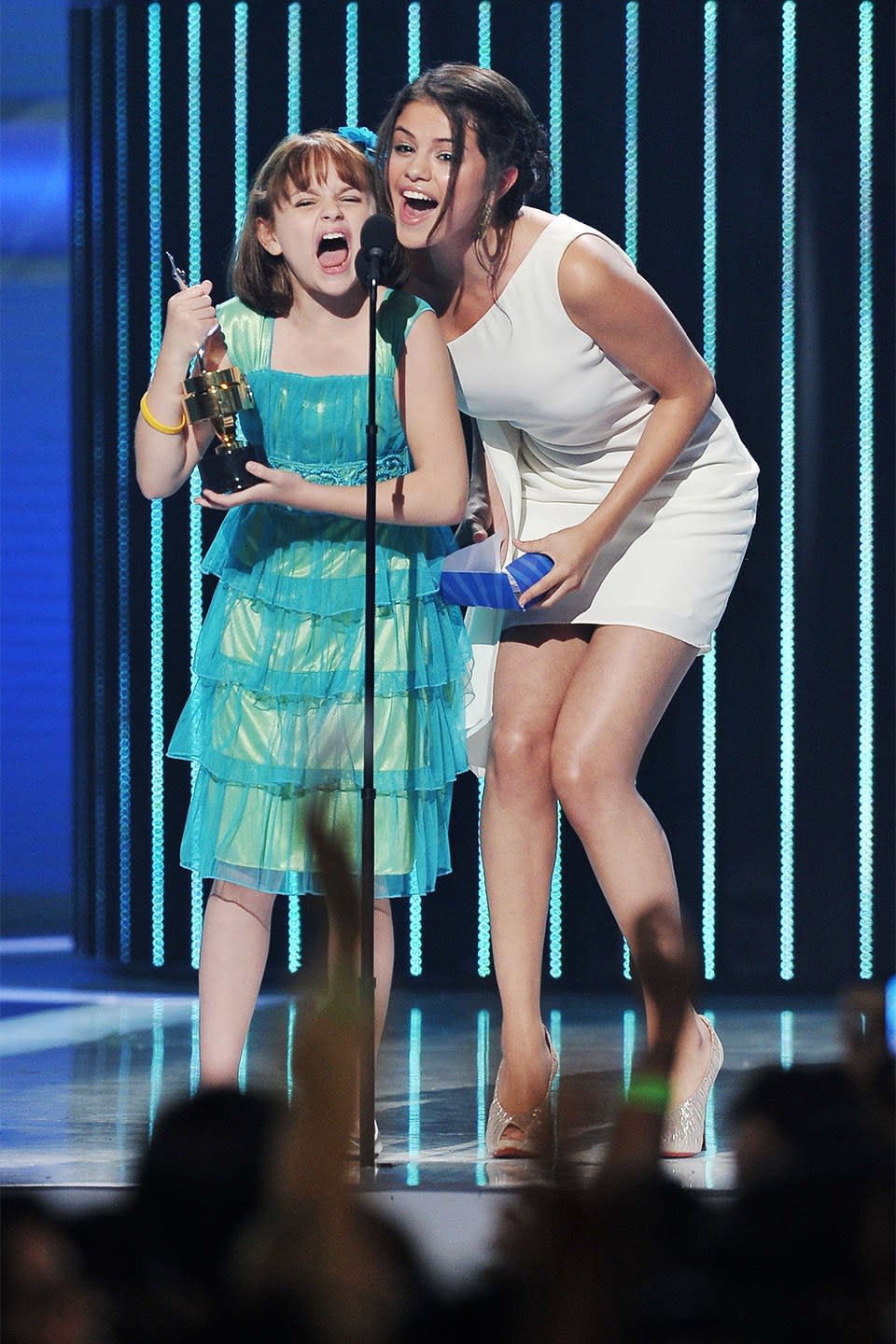
At the Univision Premios Juventud Awards (July 2010)
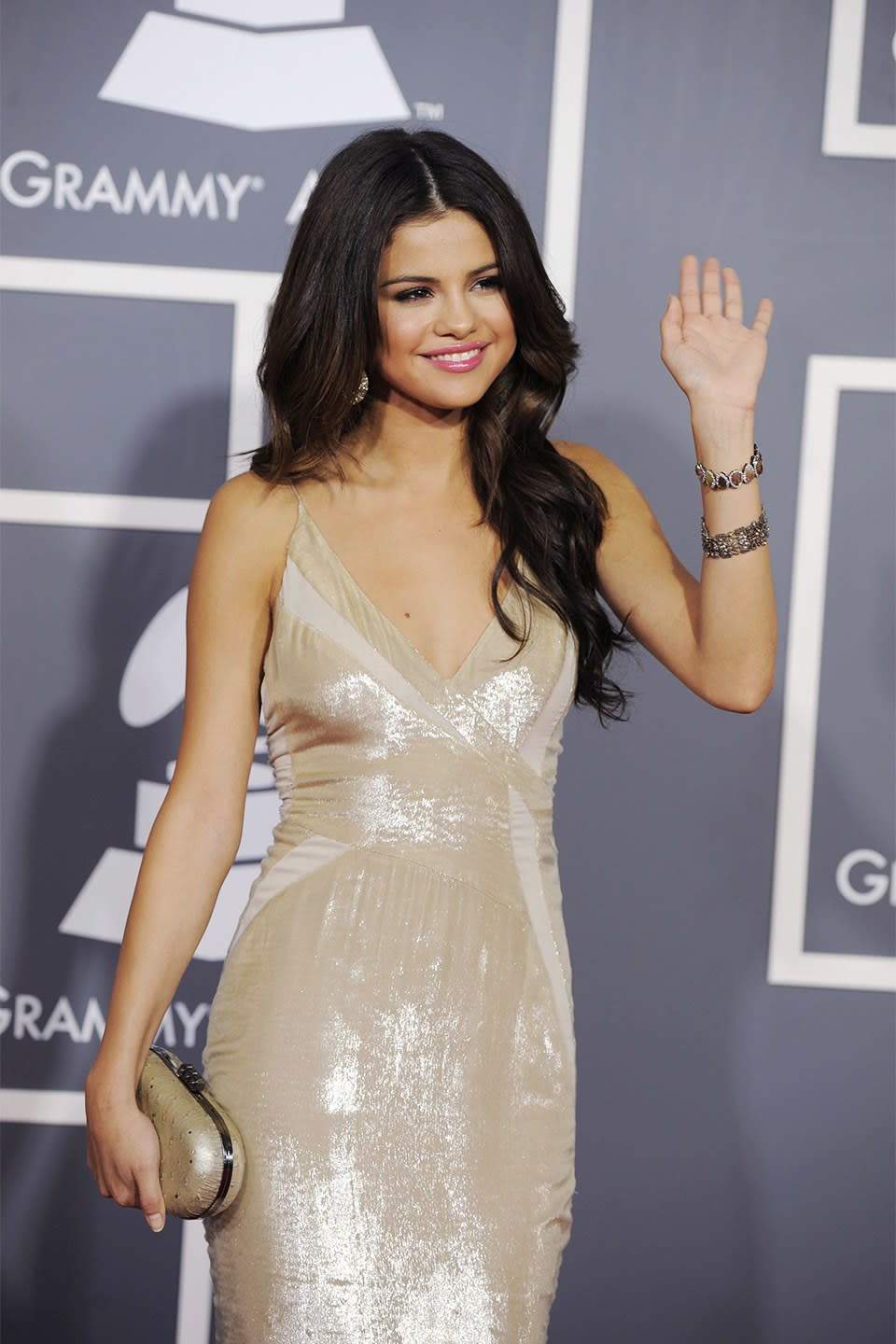
At the Grammys (February 2011)
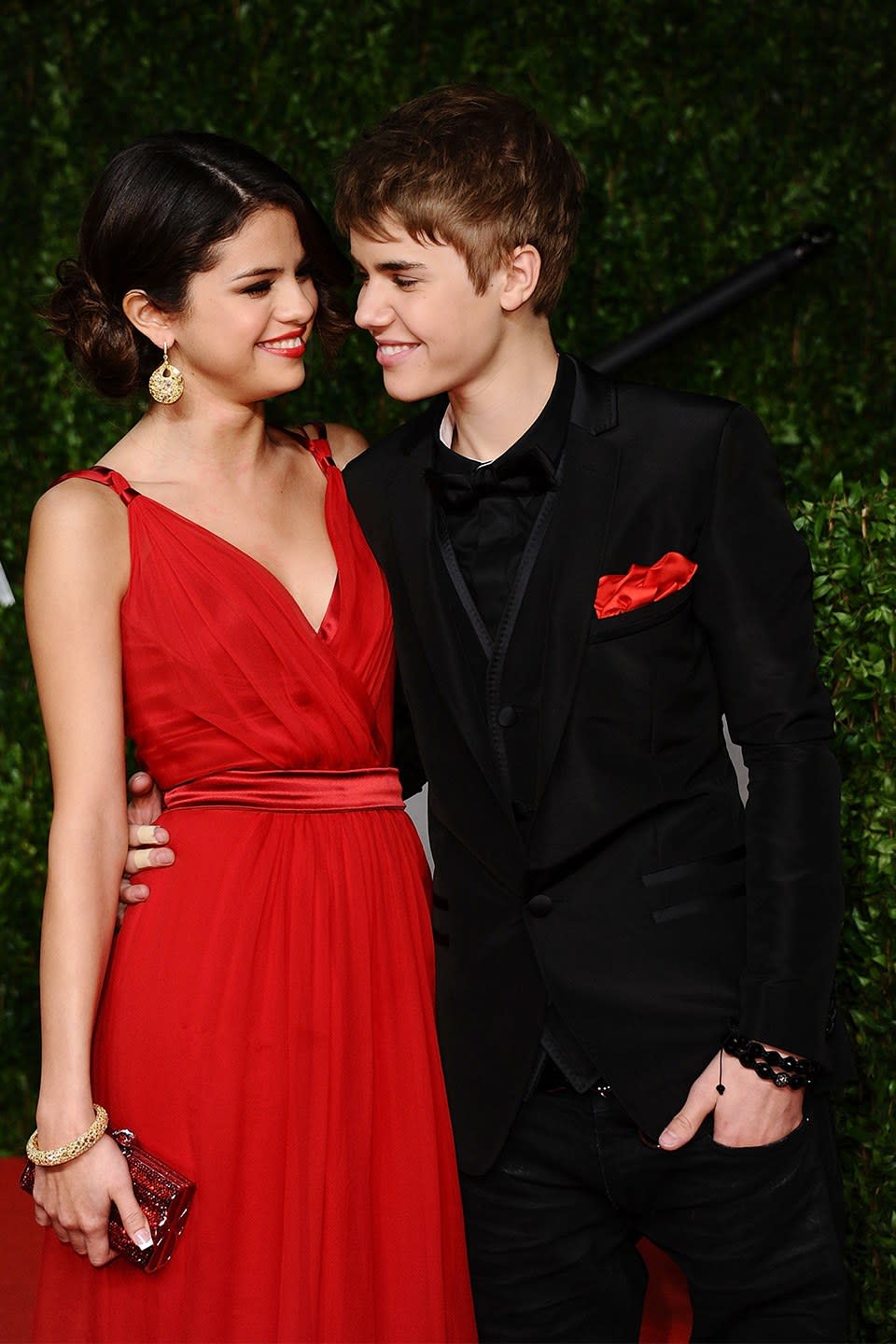
At the Vanity Fair Oscar Party (February 2011)
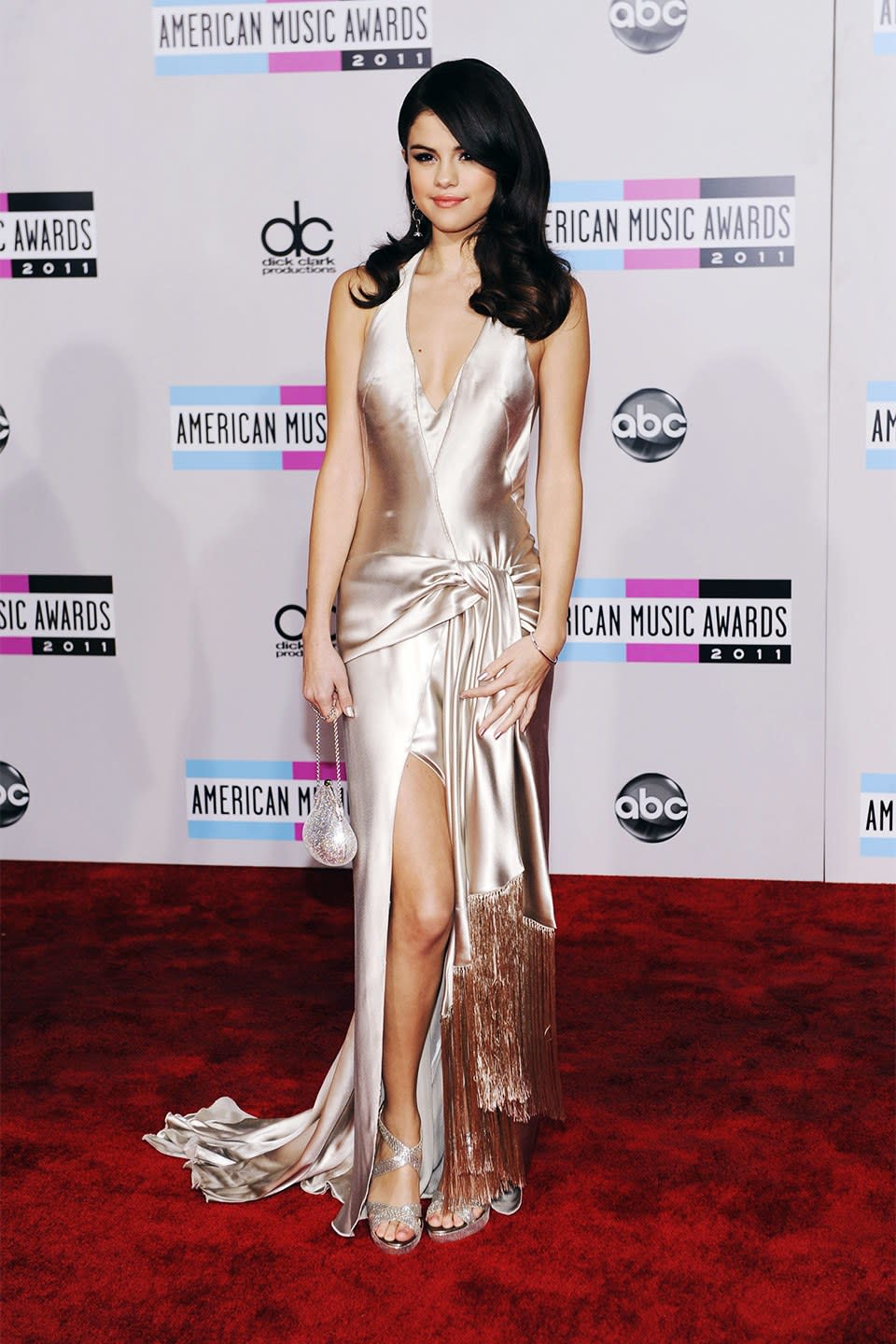
At the American Music Awards (November 2011)
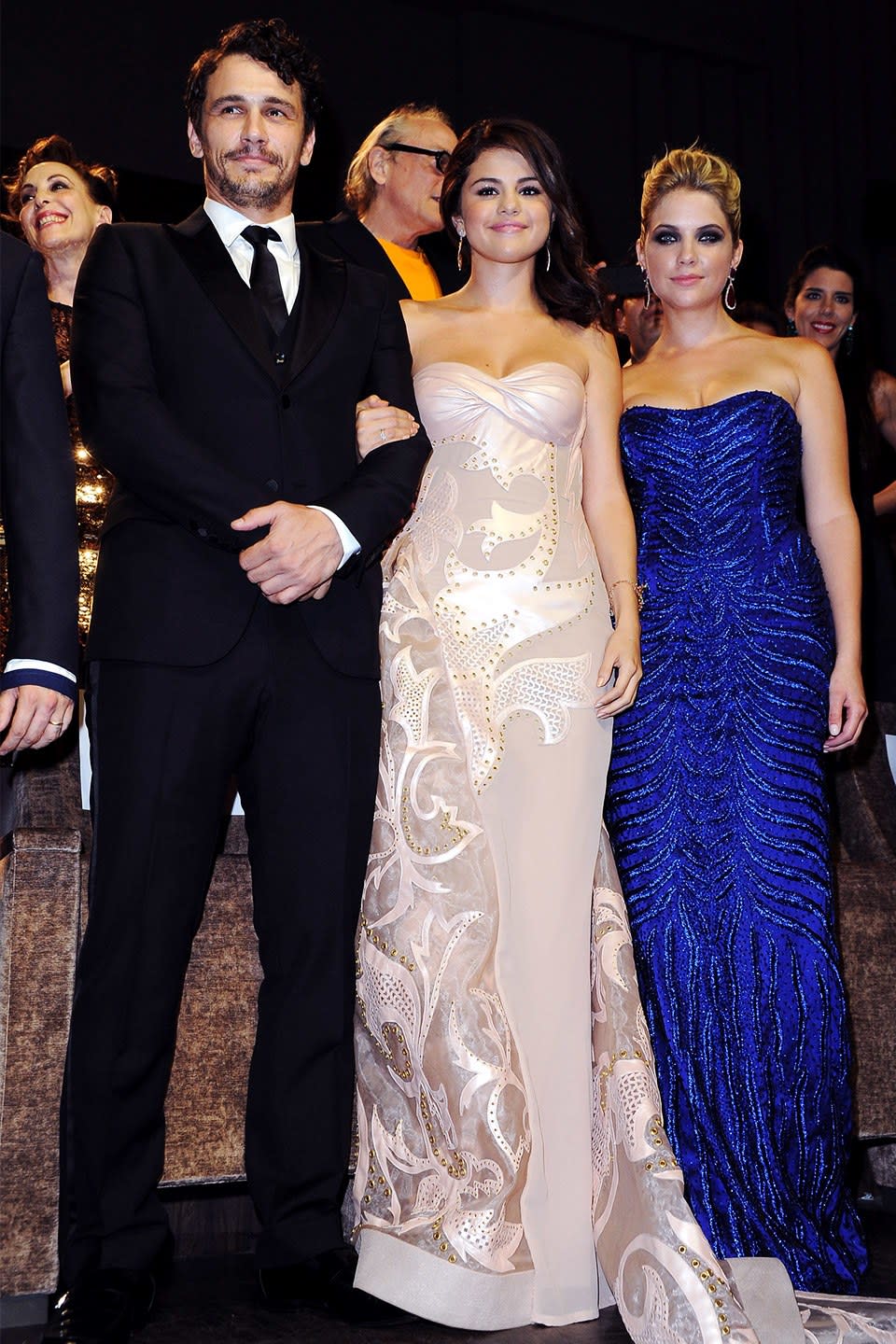
At the Venice Film Festival (September 2012)
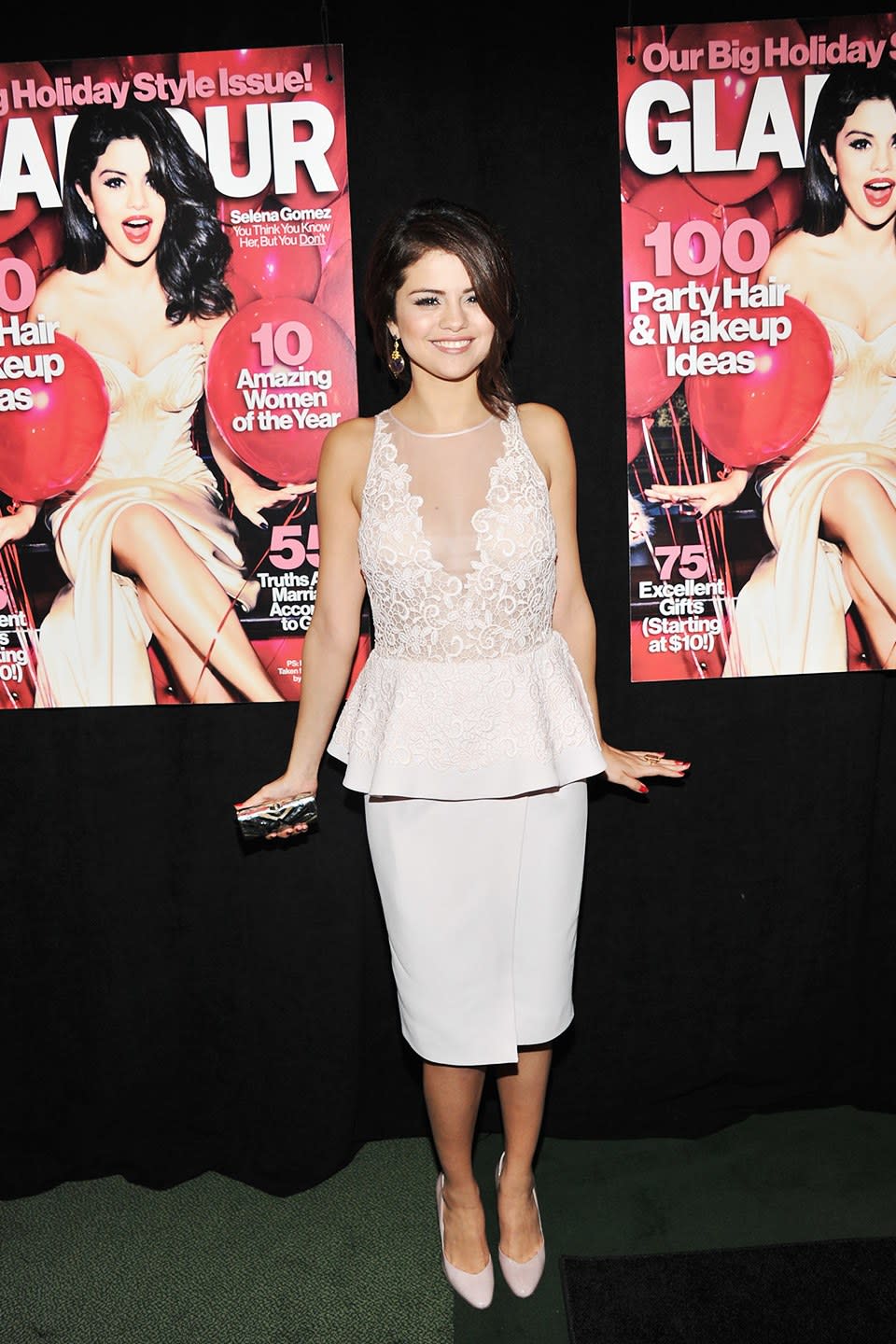
At the Glamour Women of the Year Awards (November 2012)
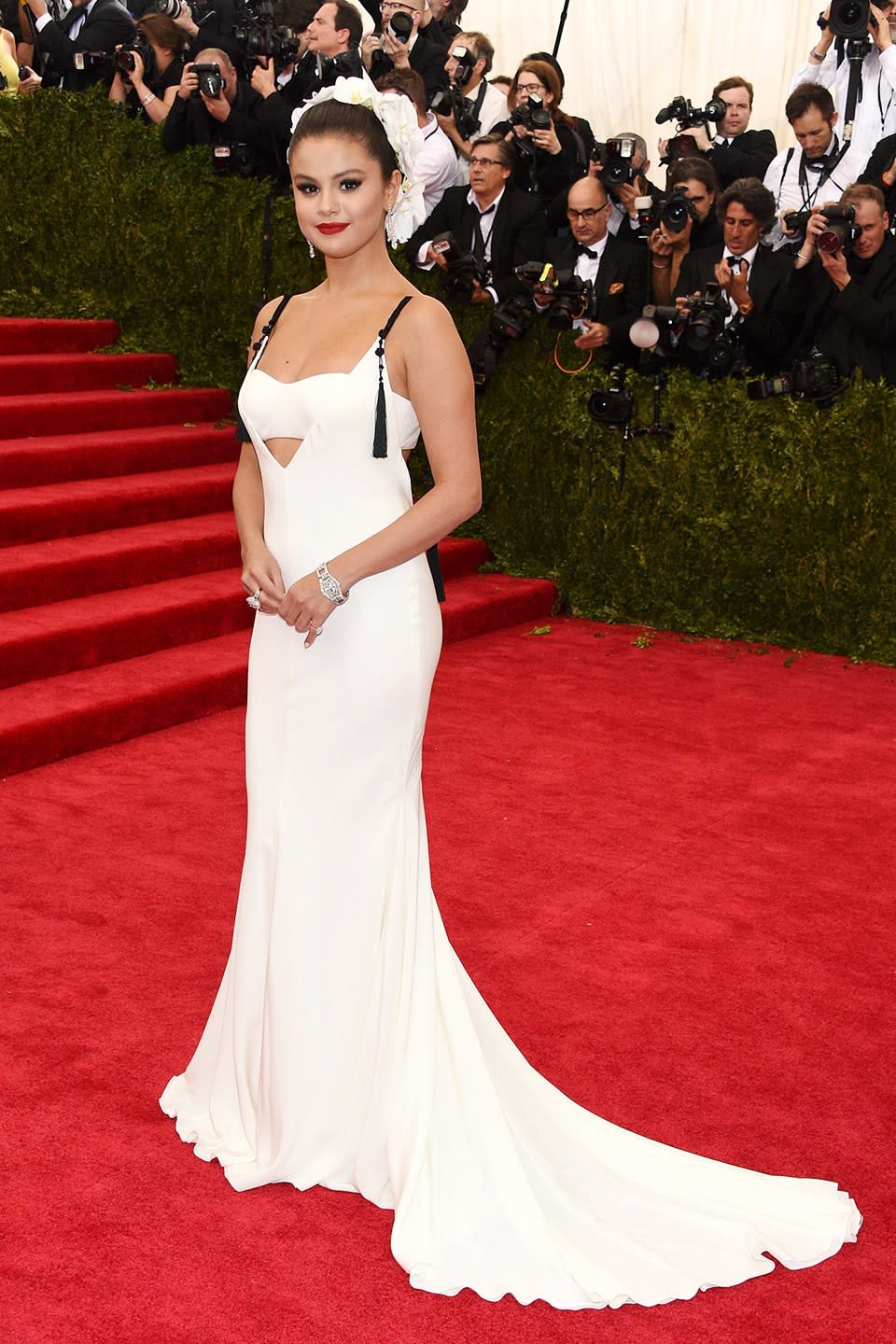
At the Met Gala (May 2015)
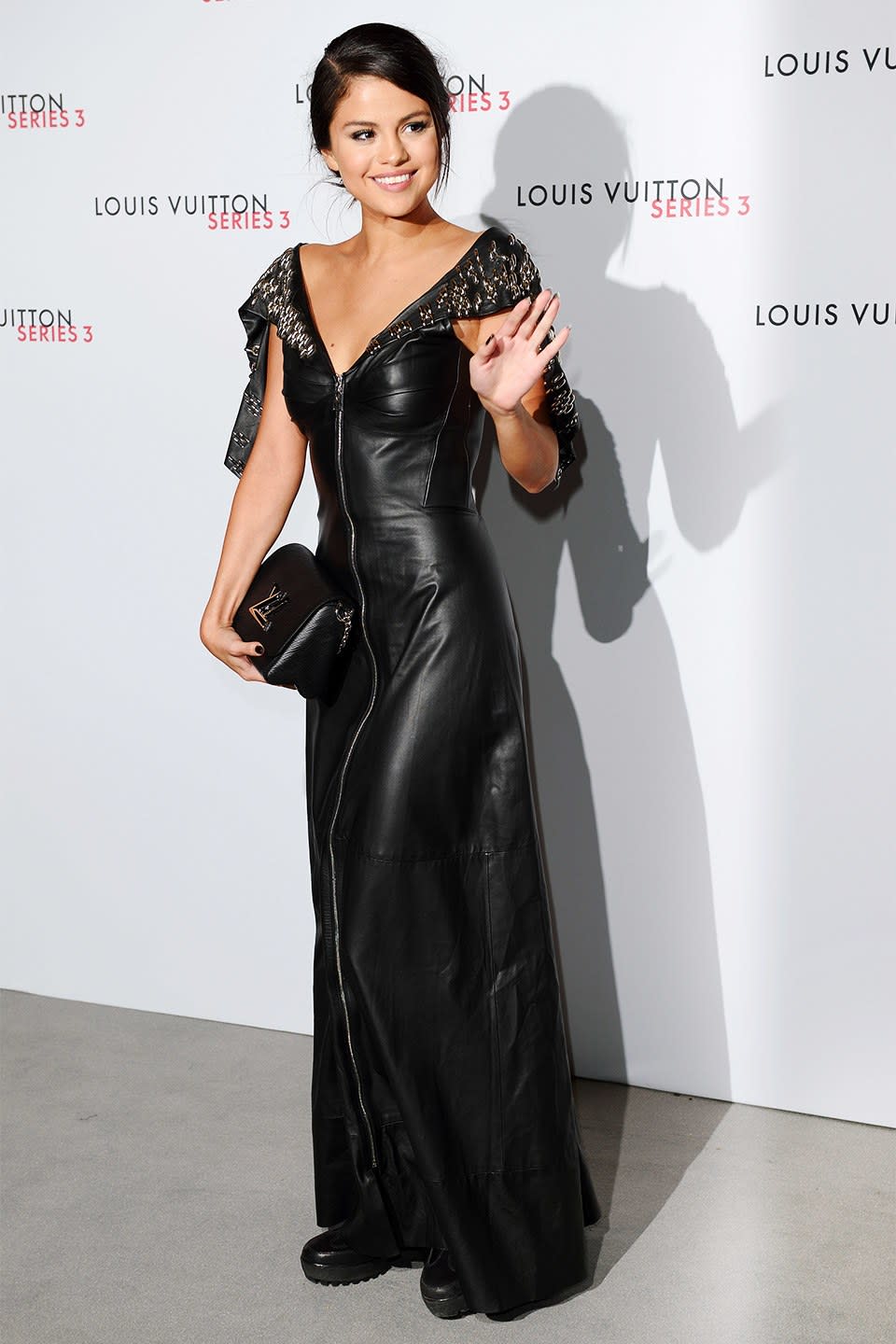
At the Louis Vuitton Series 3 V.I.P. launch (September 2015)
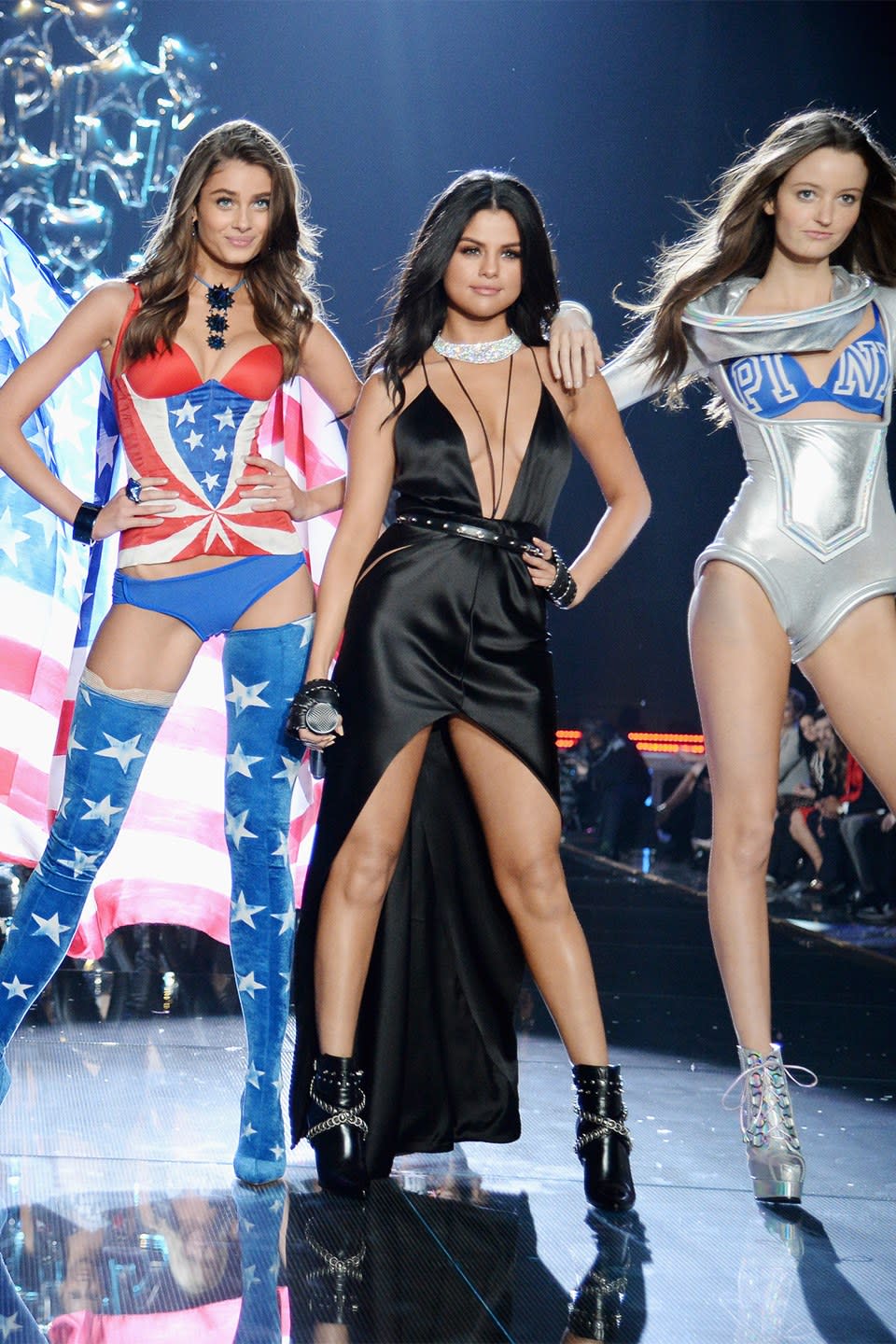
Performing at the Victoria’s Secret Fashion Show (November 2015)
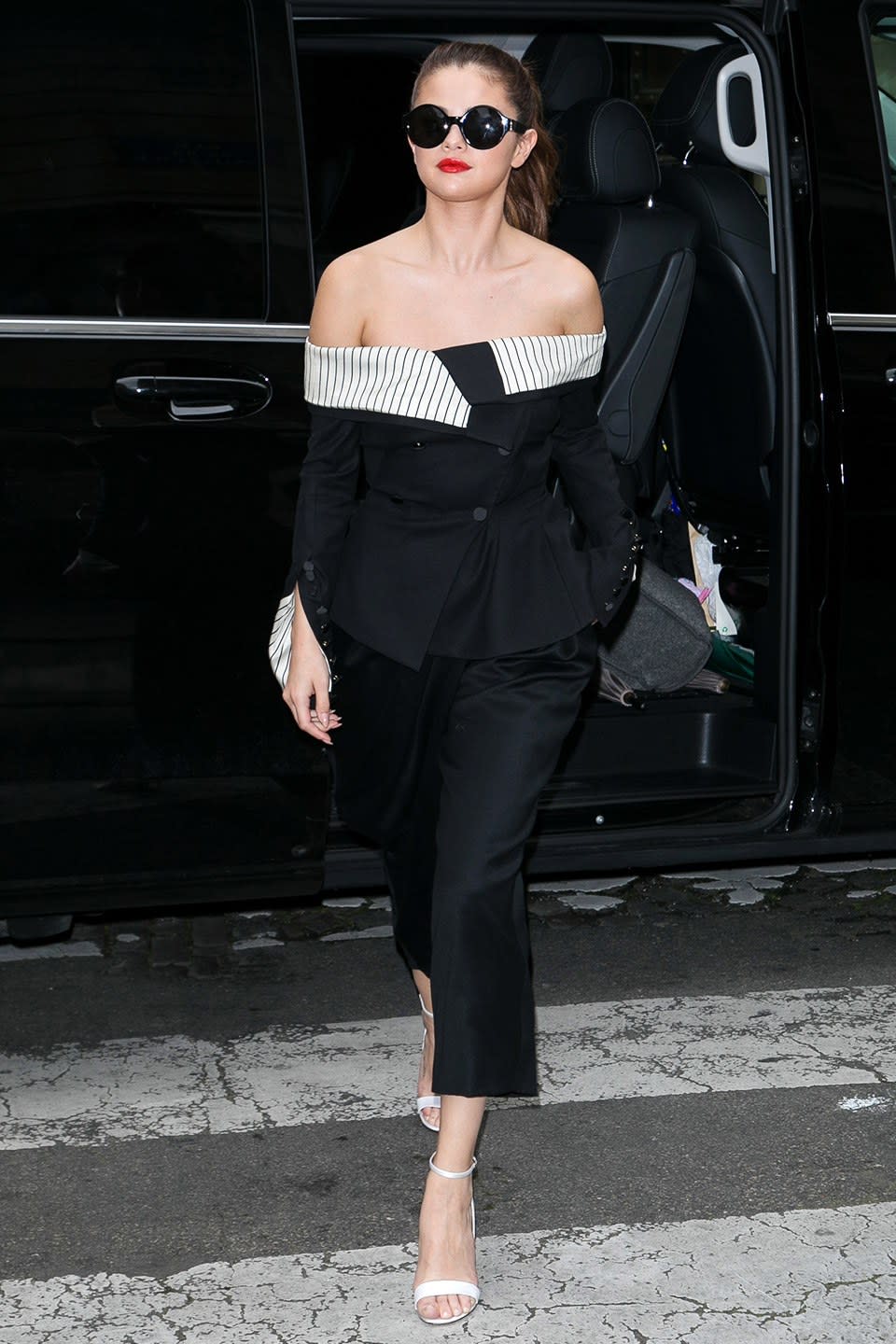
Walking in Paris (March 2016)
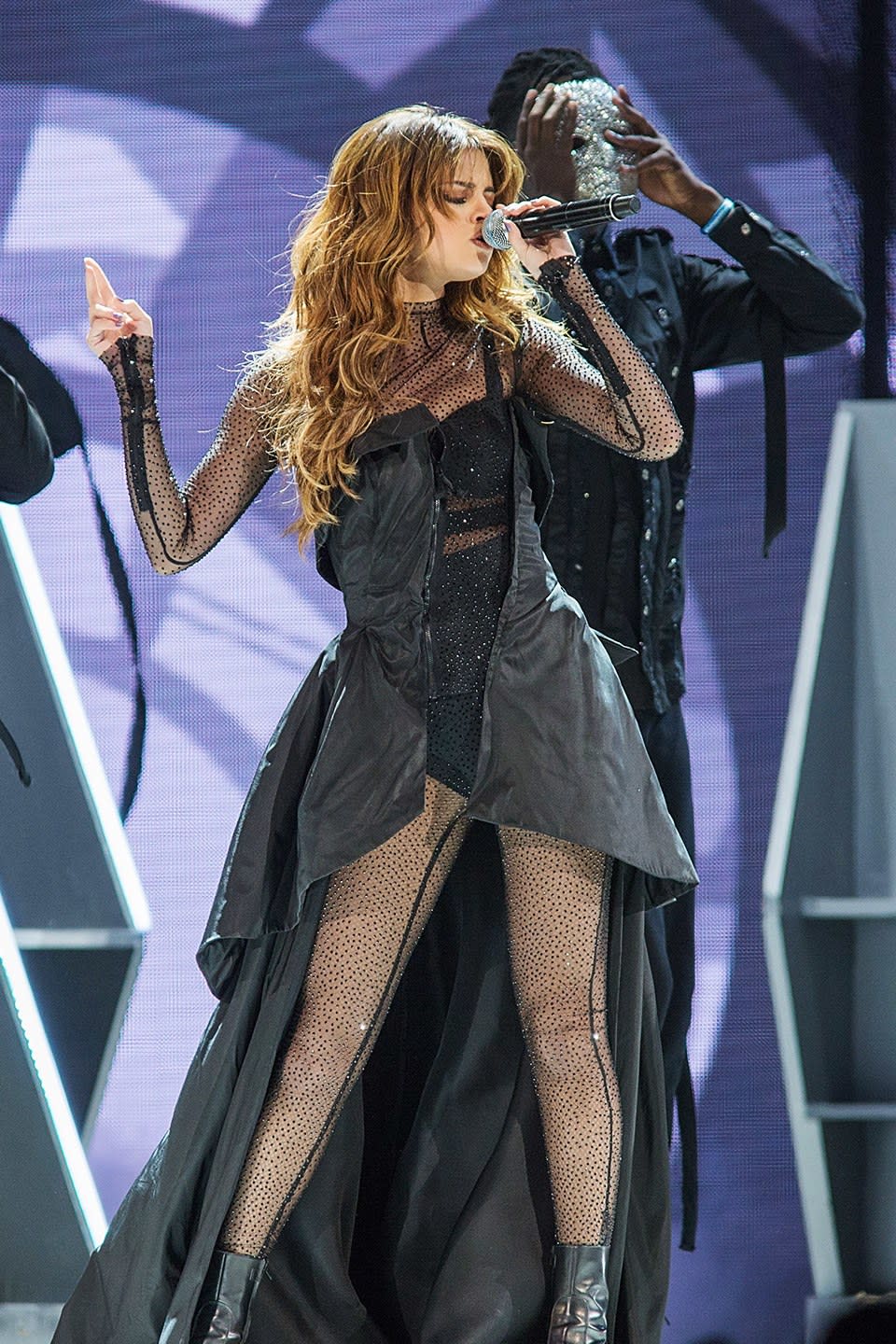
Performing during her Revival tour (June 2016)
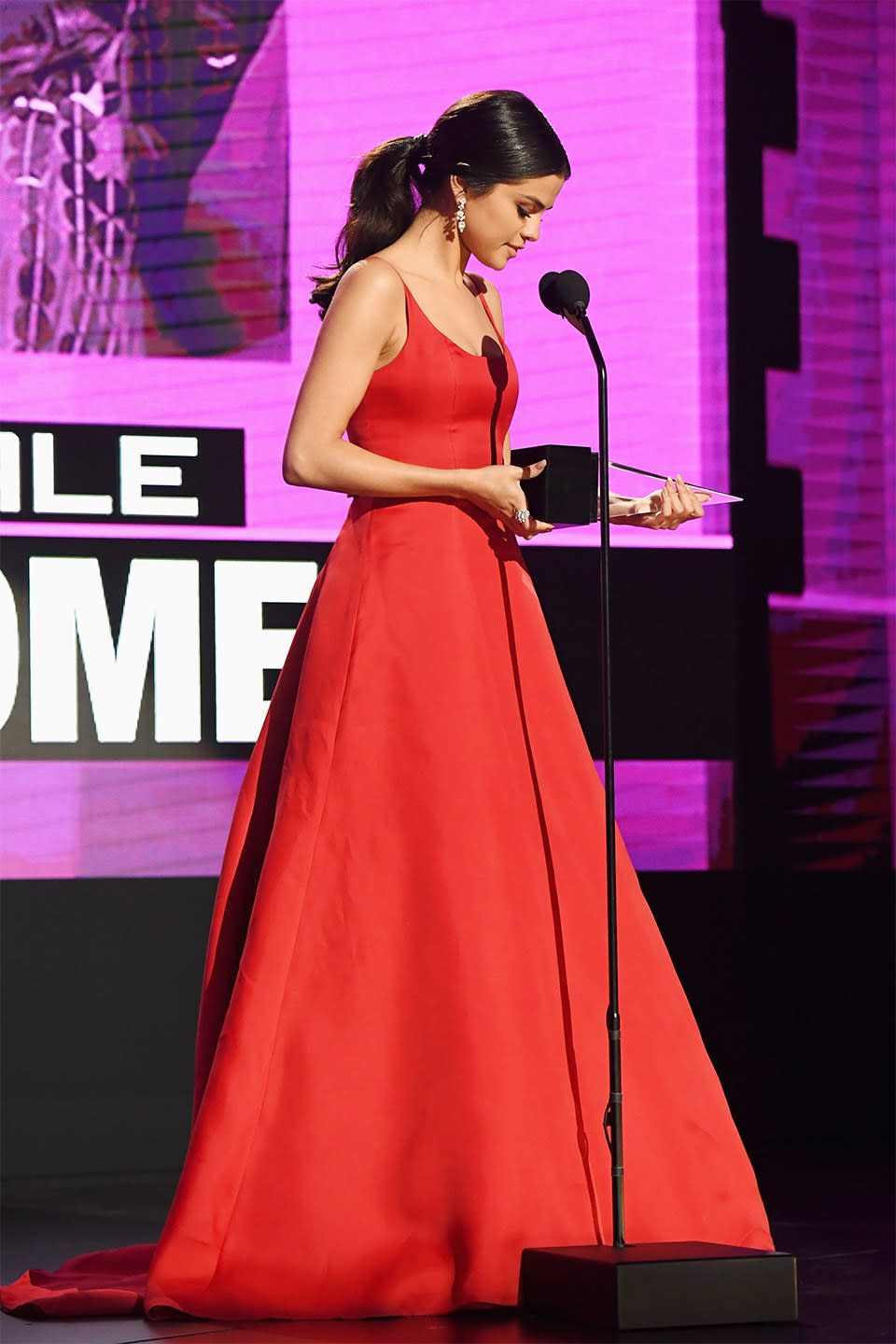
At the American Music Awards (November 2016)
